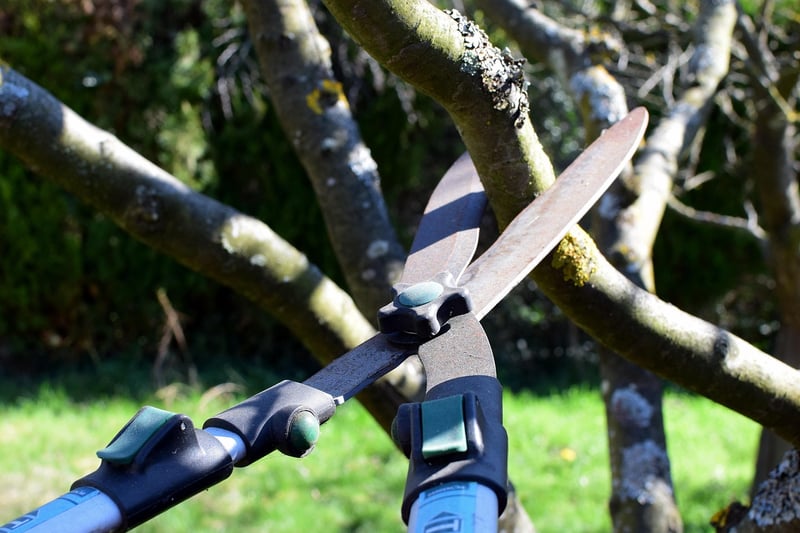Pruning Techniques
Keeping Your Garden Healthy: Essential Pruning Techniques
Having a healthy garden requires more than just watering your plants. Pruning is a crucial practice that helps maintain the shape, health, and productivity of your plants. By using the right techniques, you can promote growth, control pests, and enhance the overall appearance of your garden. Here are some essential pruning techniques to keep your garden thriving:
1. Deadheading
Deadheading is the process of removing dead or faded flowers from your plants. This technique not only improves the appearance of your garden but also encourages new blooms to develop. Use sharp pruners to snip off the dead flowers just above a healthy leaf node.
2. Thinning
Thinning involves selectively removing branches or stems to improve air circulation and allow more sunlight to reach the inner parts of the plant. This technique helps reduce the risk of diseases and promotes better growth. Be strategic in choosing which branches to prune to maintain the plant's natural shape.
3. Heading Back
Heading back is the practice of cutting back the tips of branches to encourage lateral growth. This technique is useful for shaping shrubs, hedges, and trees. By heading back certain branches, you can promote denser foliage and create a more compact and attractive plant structure.
4. Rejuvenation Pruning
Rejuvenation pruning involves cutting back overgrown or neglected plants to stimulate new growth. This technique is ideal for reviving old shrubs or trees that have become leggy or unproductive. While rejuvenation pruning may initially make the plant look bare, it can lead to a healthier and more vigorous plant in the long run.
5. Crown Thinning
Crown thinning is a technique commonly used on trees to remove excess branches from the crown. By selectively pruning branches, you can improve air circulation, reduce wind resistance, and prevent branches from rubbing against each other. Crown thinning also helps maintain the overall health and stability of the tree.
Conclusion
Pruning is a skill that every gardener should master to keep their garden looking its best. By incorporating these essential pruning techniques into your gardening routine, you can promote plant health, encourage new growth, and create a more beautiful and productive garden.
Remember to use sharp and clean pruning tools to make precise cuts and minimize damage to your plants. Happy pruning!

References: Gardening Know How - Pruning Techniques
